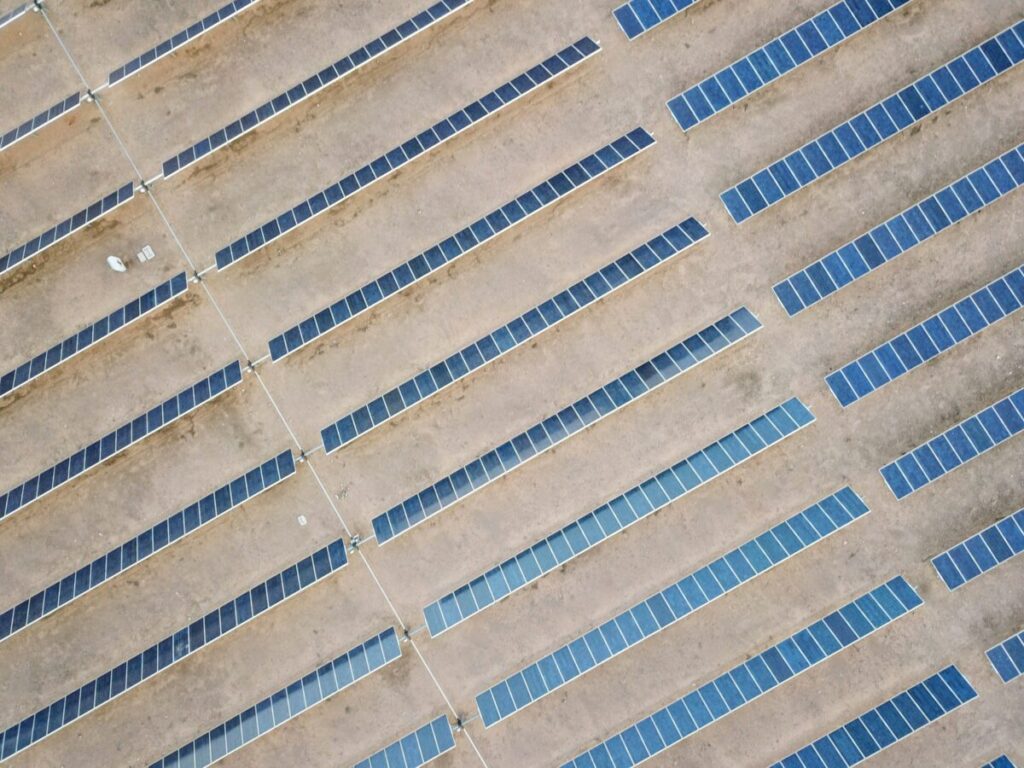Researchers in Portugal have simulated 800 wealth purchase Agreements on eight different contract type and have found that contracts with a variable price structure achieve higher performance. Their analysis considered net contract value, contract performance deviation and Volumerest as the most important indicators.
A team of scientists in Portugal has assessed the performance of various structures of the Corporate Power Purchase Agreement (CPPA) and has found that contracts based on a variable price structure reach higher performance, while they offer the lowest performance based on profiles with a fixed attitude.
The researchers emphasized that, despite their success in global energy markets in recent years, CPPAs expose both buyers and sellers of electricity to three types of risks: price risks, which materializes when the wholesale market prices fall under the contract prices; Profile risk, which happens when cannibalization takes place in the renewable energy sector; And volume risk, which depends on the intermittency and variability of the production of renewable energy.
“The company’s exposure to these risks depends considerably on the combination of prices and electricity profile structures that are negotiated in the CPPA,” they said, referring to the novelty of the proposed approach. “However, there is a lack of scientific literature that explicitly tackles the CPPA risk -minimization through different combinations of price and electricity profile structures.”
In the newspaper “Efficient electricity purchase agreement structures for meeting the needs of the business community with solar energy“Published in EnergyThe scientists presented Four different structures for electricity profile, two price structures and eight different CPPA types.
The eight contracts are as follows: with a fixed price structure and pay-as-produced (PAP) design; With a variable price structure and pay-as-produced (PAP) design; with a fixed price structure and fixed per hour profile (FHP); with a variable price structure and a fixed hourly profile (FHP); with a fixed price structure and monthly baseload (MBL) design; with a variable price structure and monthly baseload (BLM) design; with a fixed price structure and annual baseload (BLA) design; With a variable price structure and annual baseload (BLA) design.
For the CPPA PAP design, the researchers said that they are more exposed to volume risk, they performed several generation profiles based on weather variability. With regard to the CPPA FHP type, they calculated the fixed hourly profile for each month based on the average generation for every hour within the same month. In addition, they calculated the monthly baseload per hour amount for the CPPA BLM typology based on the average monthly generation, while for CPPA BLA the profile was based on the annual generation average.
“In general, the primary variation between the simulated contracts is the CPPA price and the remaining volume risk that is being considered,” the academics emphasized. “In total, 800 contracts were simulated over eight different contract types.”
The analysis was based on three indicators: the net present value (NPV) that rated the benefits of a buyer when securing part of his electricity via a CPPA; the Contract Performance Afsliction (CPD) with the measurement of the volatility of the performance of financial contract; and Volume Rest (VR) to evaluation of the buyer’s exposure to volume risk.
It showed that contracts based on a baseload profile have a “superior” efficiency, whereby the buyers benefit from paying a prize premium. “Their performance was also less sensitive to price negotiations compared to contracts related to profiles of solar generation,” the researchers explained further. “For companies with higher risk tolerance, however, PAP contracts can also be viable because some of them have achieved high performance, despite their greater exposure to market volatility.”
In the meantime, the group also discovered that FP contracts are ideal for buyers who prioritize with financial stability and VP contracts are suitable for buyers who want to minimize the risk exposure. “However, the effectiveness of VP contracts depends on carefully negotiated PET and floor prices, given their high sensitivity to the price conditions,” it noticed.
The researchers concluded that a BLM contract with a VP design has the best balance between financial performance and risk reduction. “This contract type achieved the highest median efficiency scores in the meta frontier for both output and input-oriented models and was consistently identified as a benchmark contract by the Date envelope analysis (DEA) model, “they added.” FHP contracts, on the other hand, turned out to be the least favorable CPPA type, with limited benefits for financial and risk management. ‘
Looking over, they said they want to investigate CPPA performance with different consumption profiles and different technologies.
This content is protected by copyright and may not be reused. If you want to work with us and reuse part of our content, please contact: editors@pv-magazine.com.

